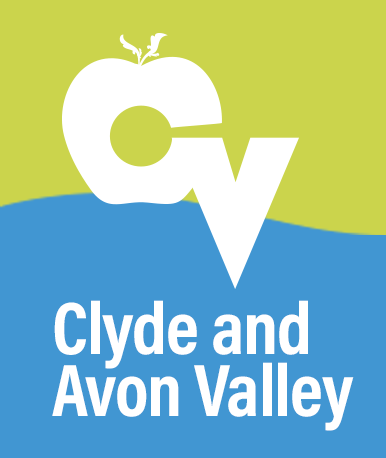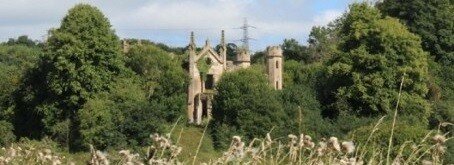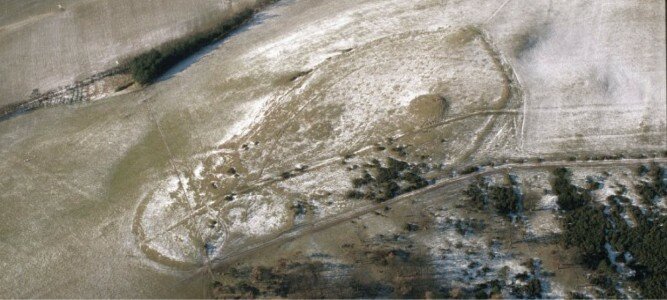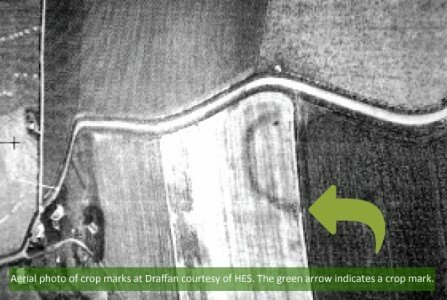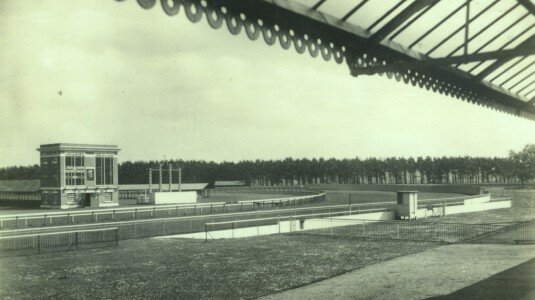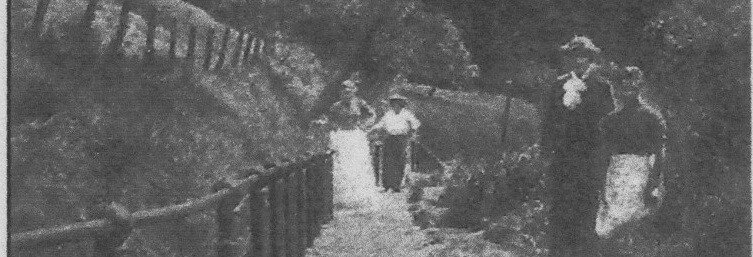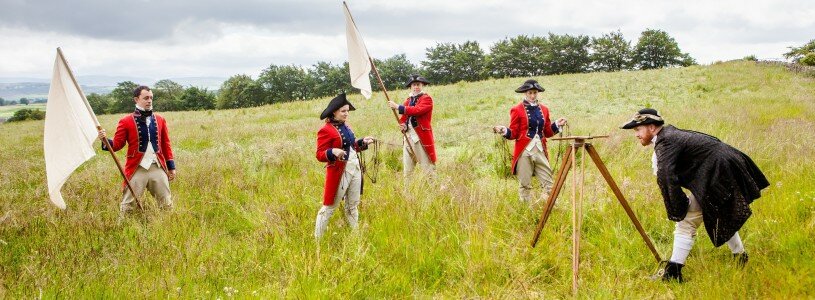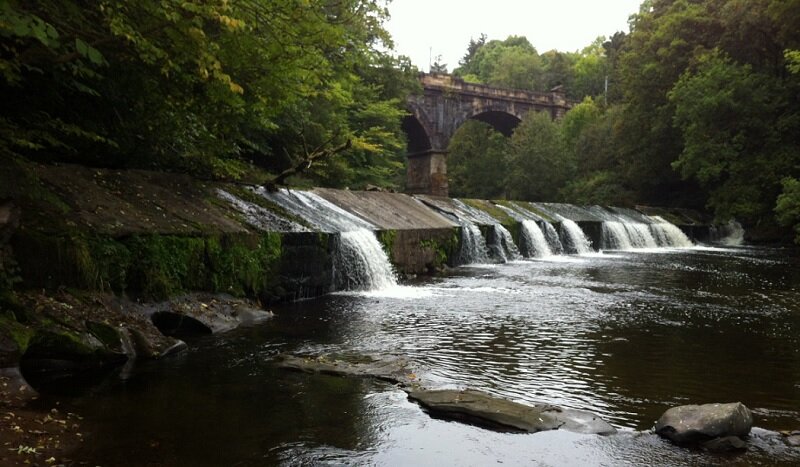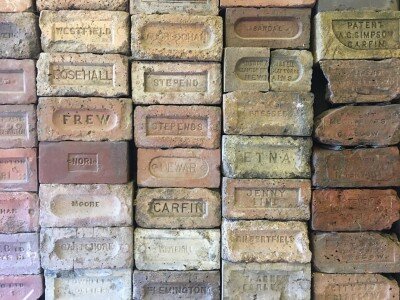Glorious Gardens: Harperfield
A country house - with lions
- Anne Armstrong, Glorious Gardens volunteer
Harperfield House sits high above where Douglas Water meets the Clyde. In the 12th century it was part of Corehouse Estate near Lanark. It may have got its name about then, from a harp player called Whiting Le Harpeur.

By the 1600s it was a separate small estate. On Pont’s map of 1596, Harperfield was a modest house, two storeys high. It had several owners and was bought by a lawyer named William Gordon in the 1760s.

Until then, Harperfield had been a simple house with a small garden. In the early 1800s, Colonel Thomas Gordon, a military engineer, had a front extension built, in the classical style, with a stable courtyard behind the house. Robert Forrest of Crossford made two large stone lions which still flank the front steps. Colonel Gordon also replaced the straight avenue with a fashionable driveway that wound through woods, from a lodge house at Douglasmouth Bridge.

Colonel Thomas Gordon’s son, Sir John William Gordon, spent most of his life abroad in the army. His friend General Gordon of Khartoum had his own room at Harperfield.

Around 1900, the Dewar family owned Harperfield and another extension was built at the back. The three Dewar daughters were all married at Lanark, with grand receptions at Harperfield. The house was let and eventually sold. Many trees were cut down during WW2. The Lindsay family bought Harperfield and ran it as a dairy farm, which it still is today. Harperfield house, its lions, and its courtyard buildings survive.
This is a small estate where the owners live, and there is no right of public access to the garden areas. To find out more about the site’s archaeology and history, click on the links under ‘Related Resources’. This research was carried out as part of the Glorious Gardens volunteer project, which is managed by Scotland’s Garden & Landscape Heritage and delivered by Northlight Heritage, with funding from the Heritage Lottery Fund supported by Clyde and Avon Valley Landscape Partnership and from Historic Environment Scotland. To find out more about the project, explore the other museum items below.
